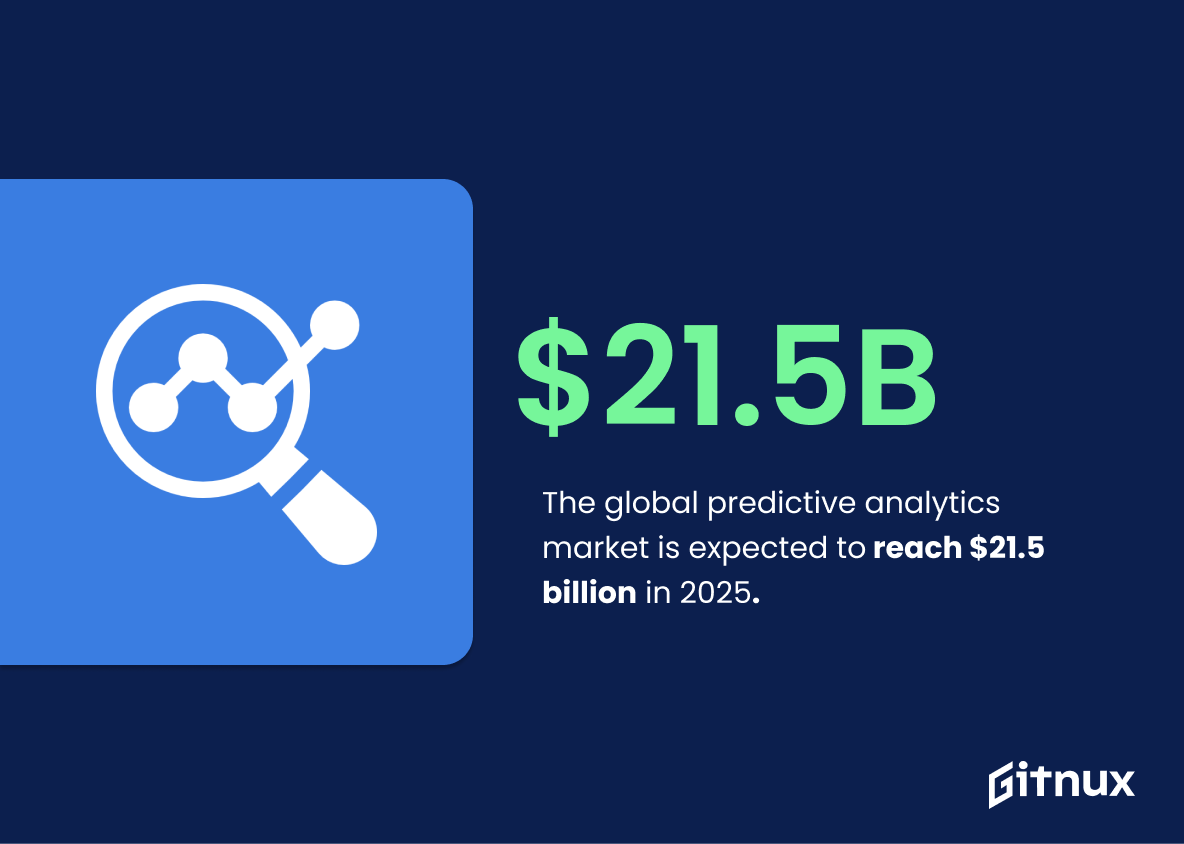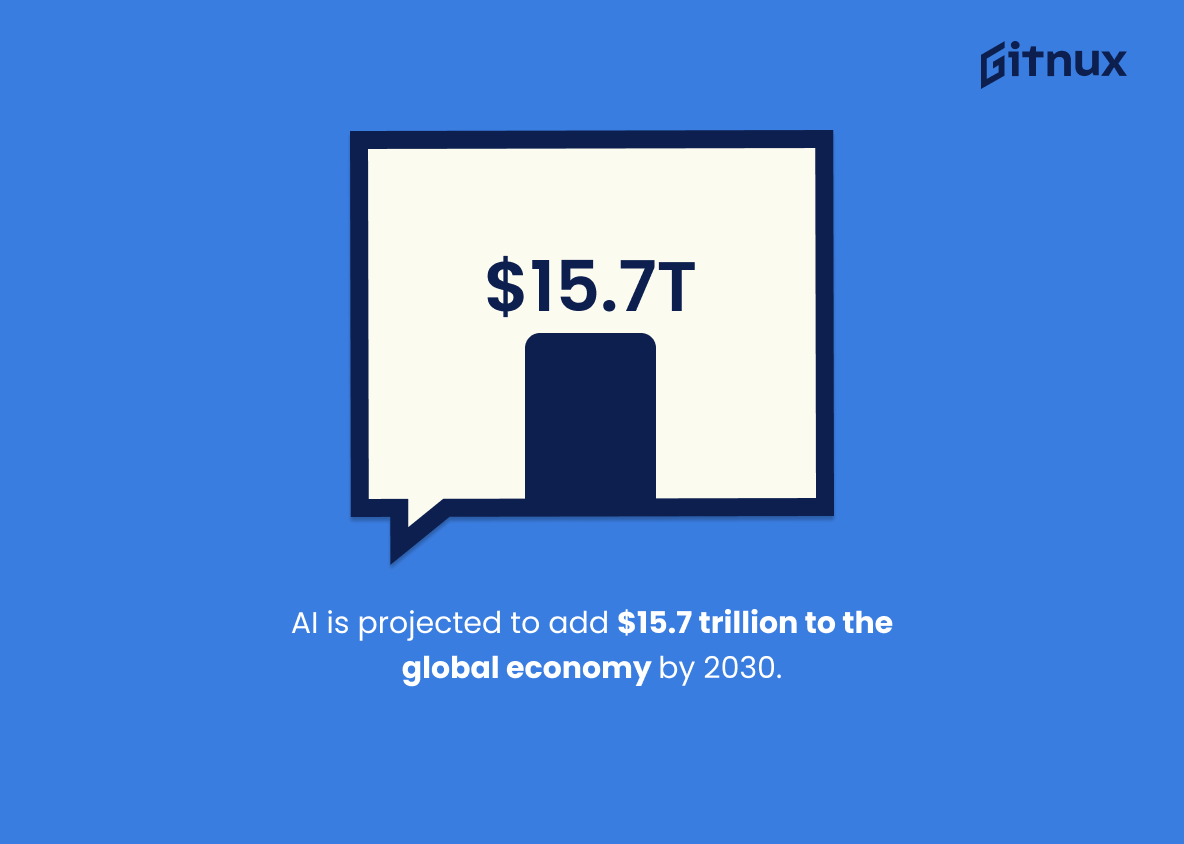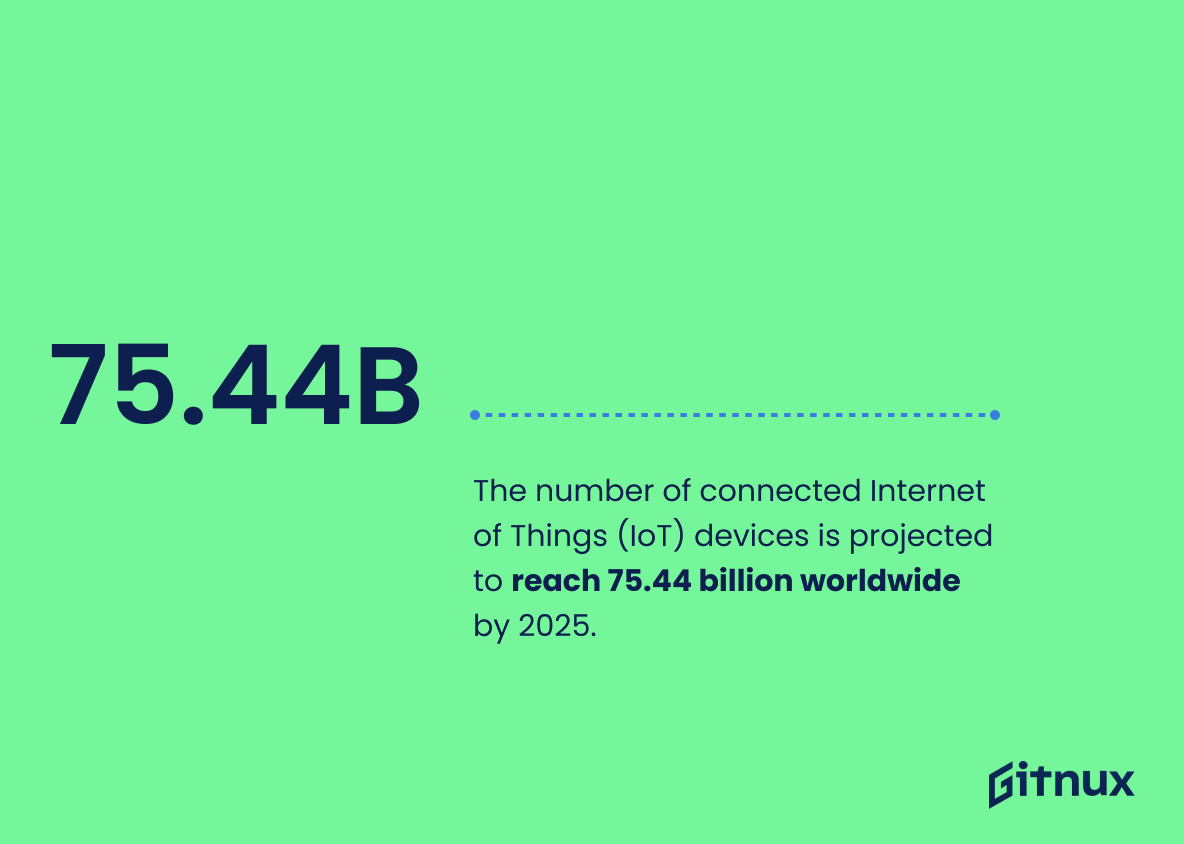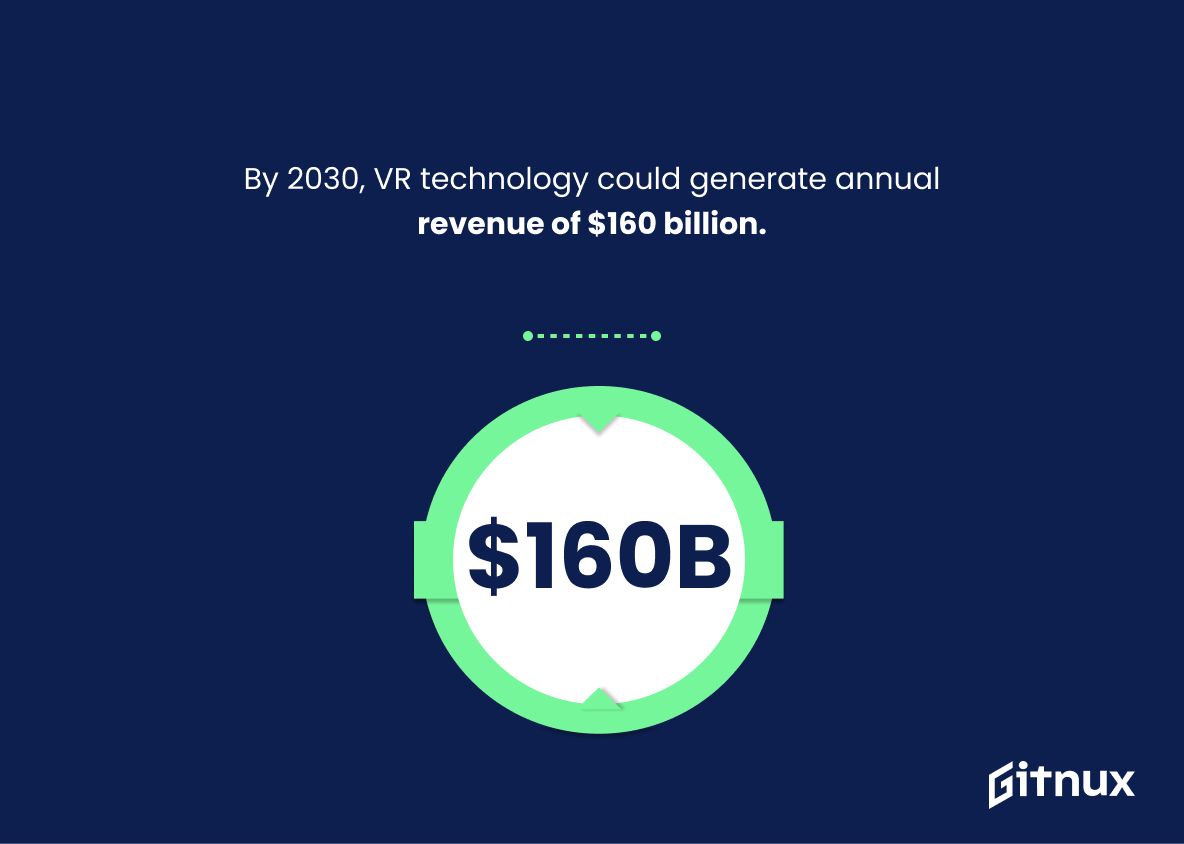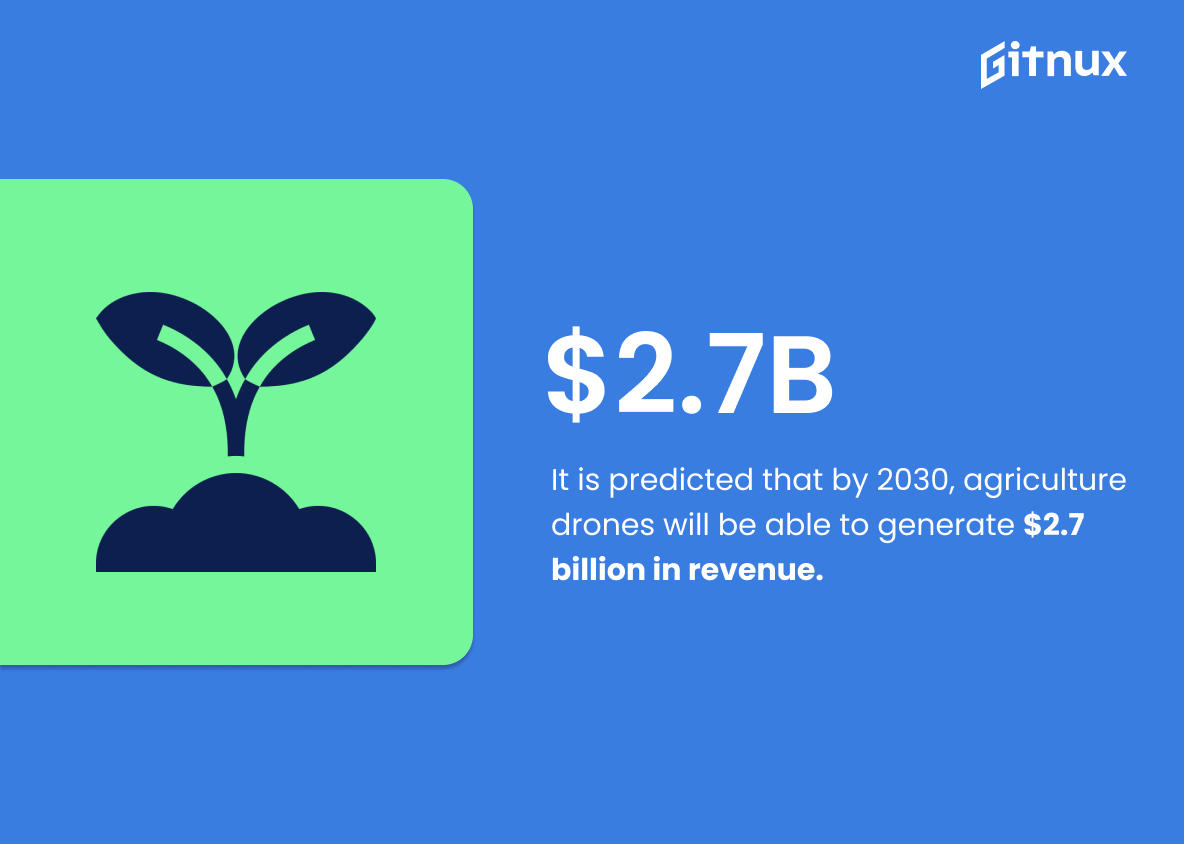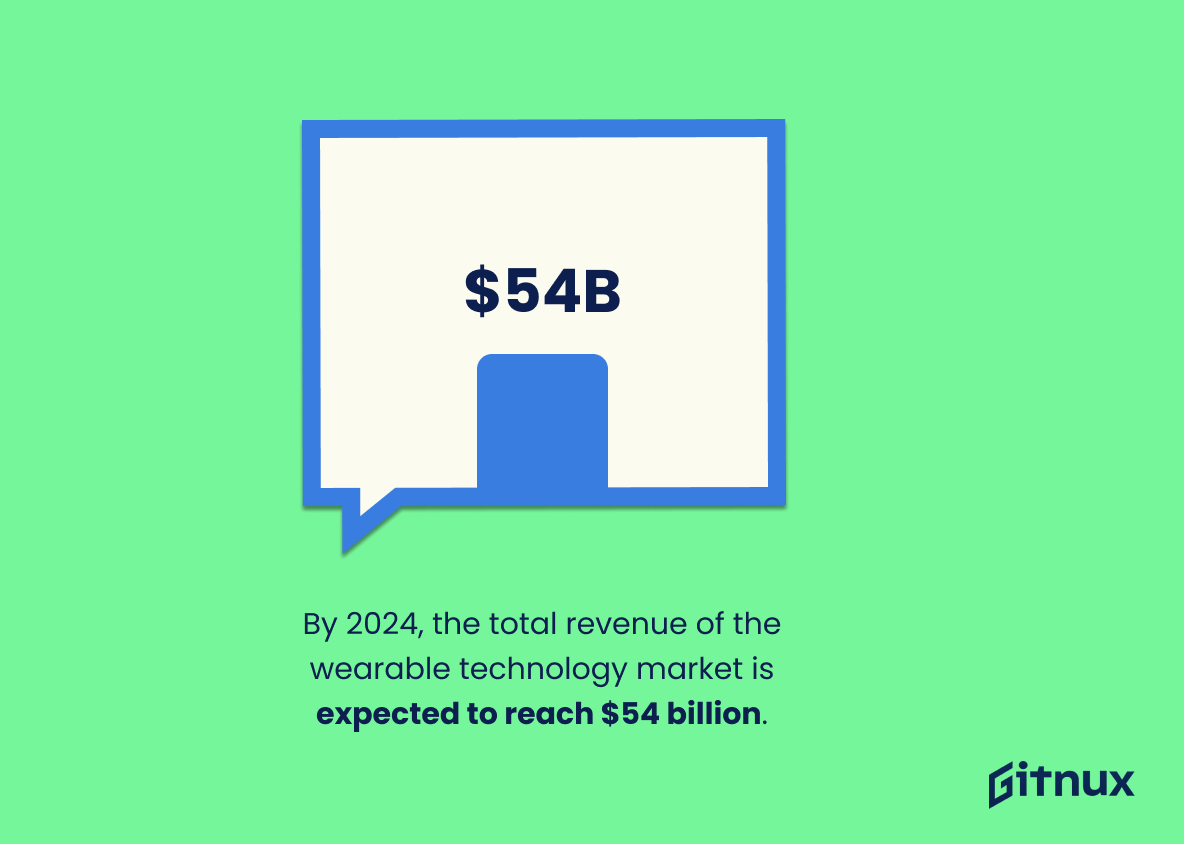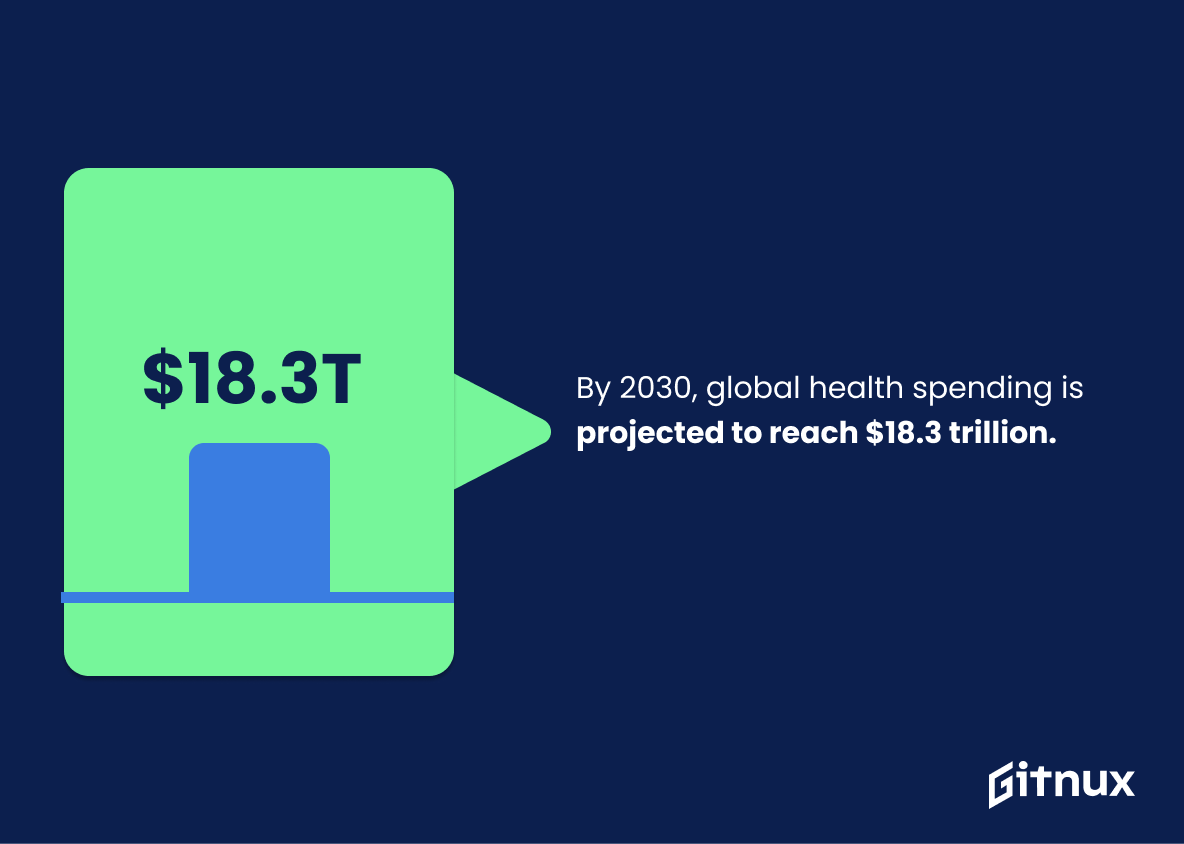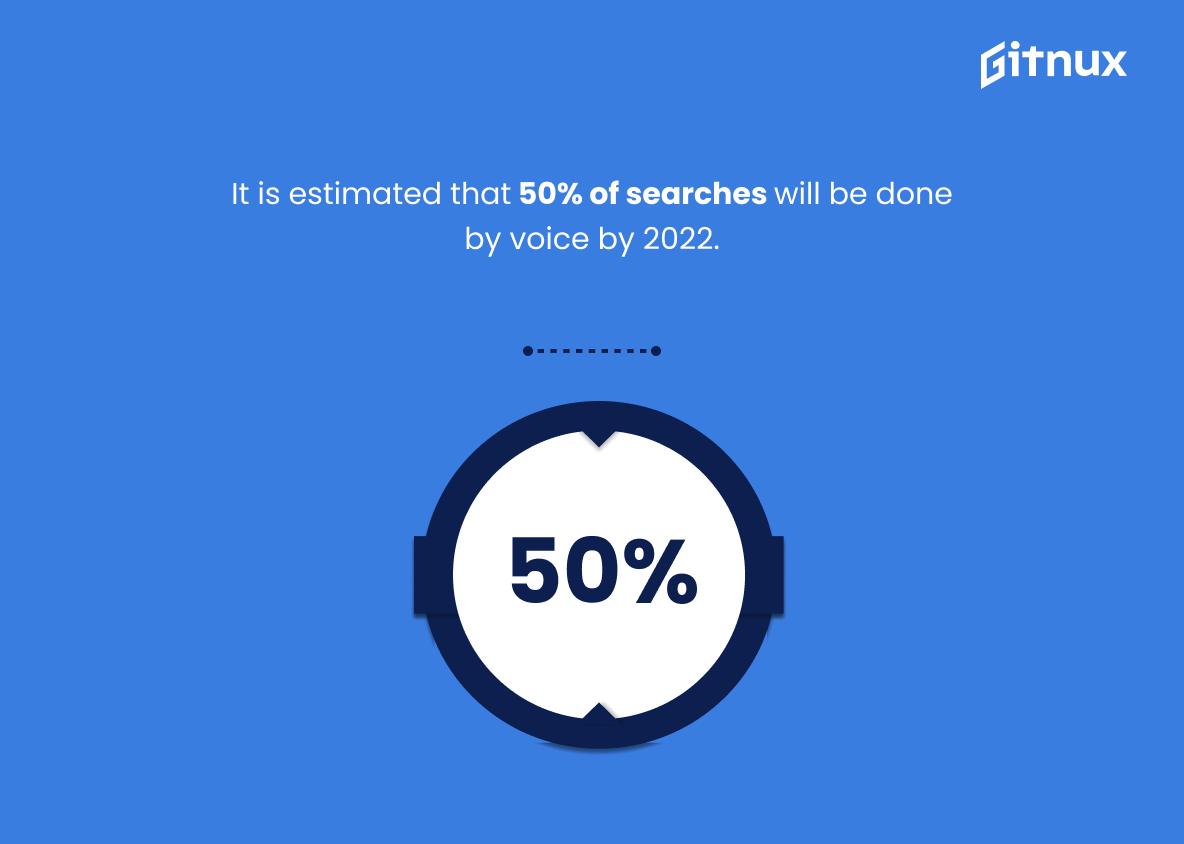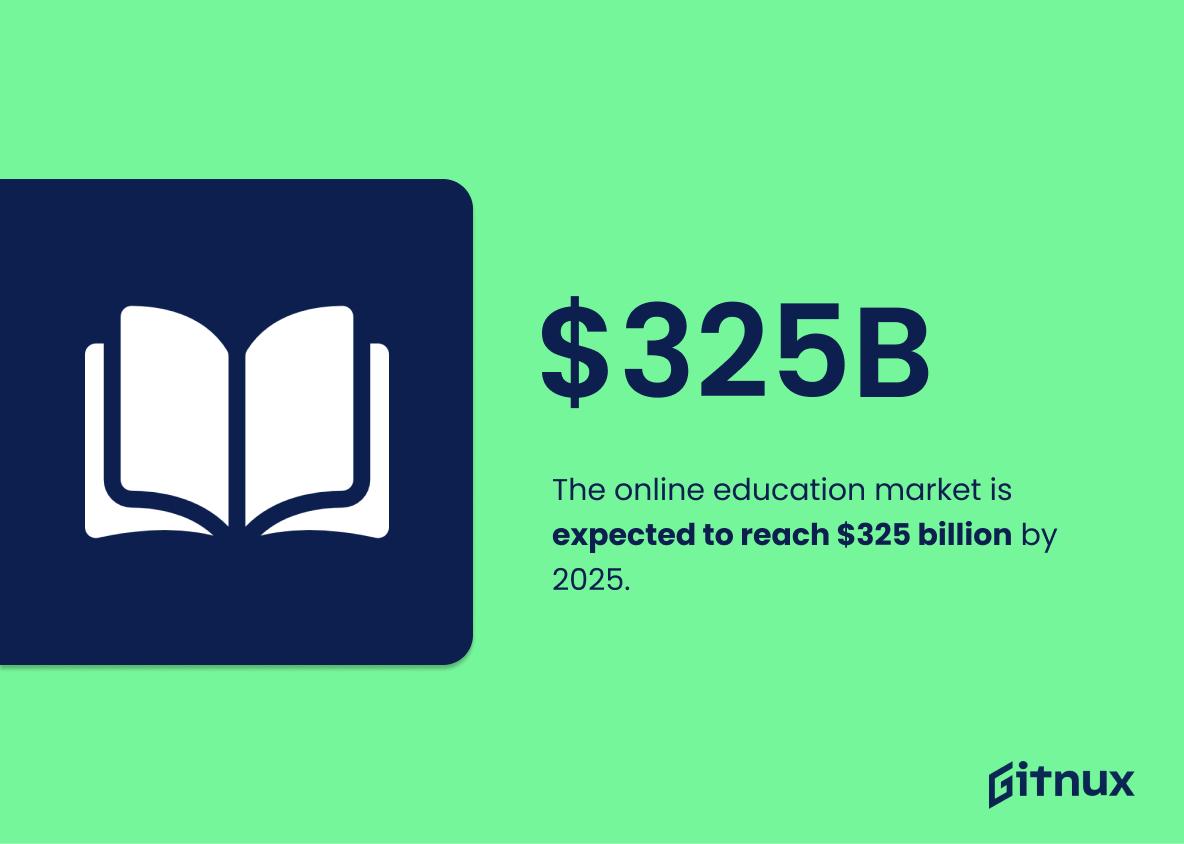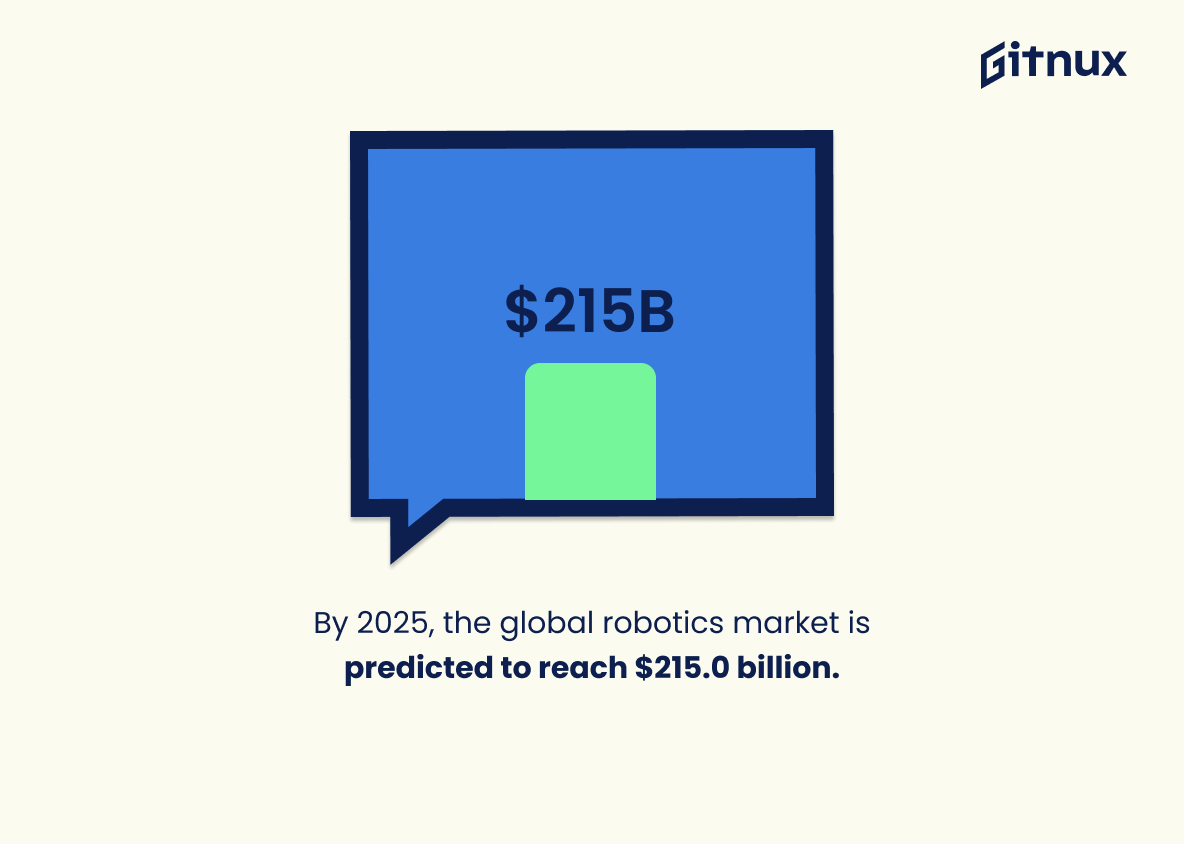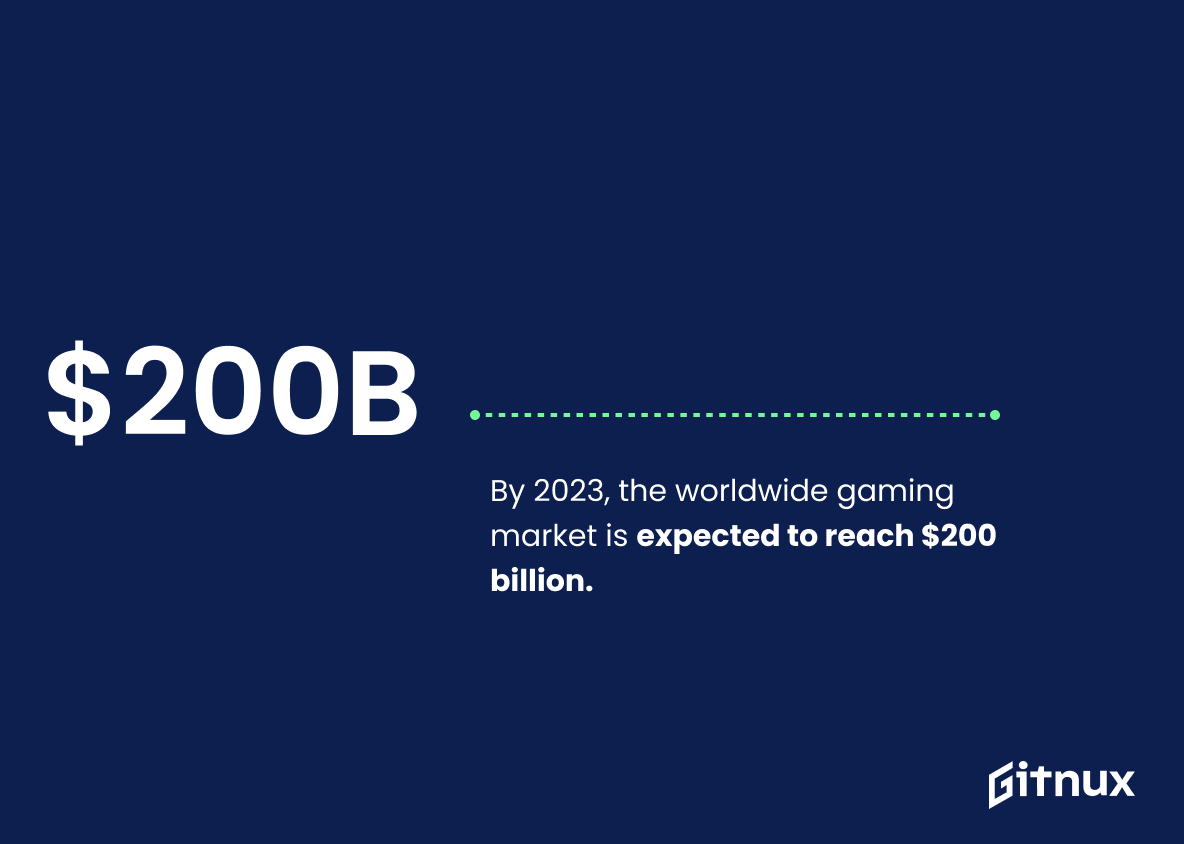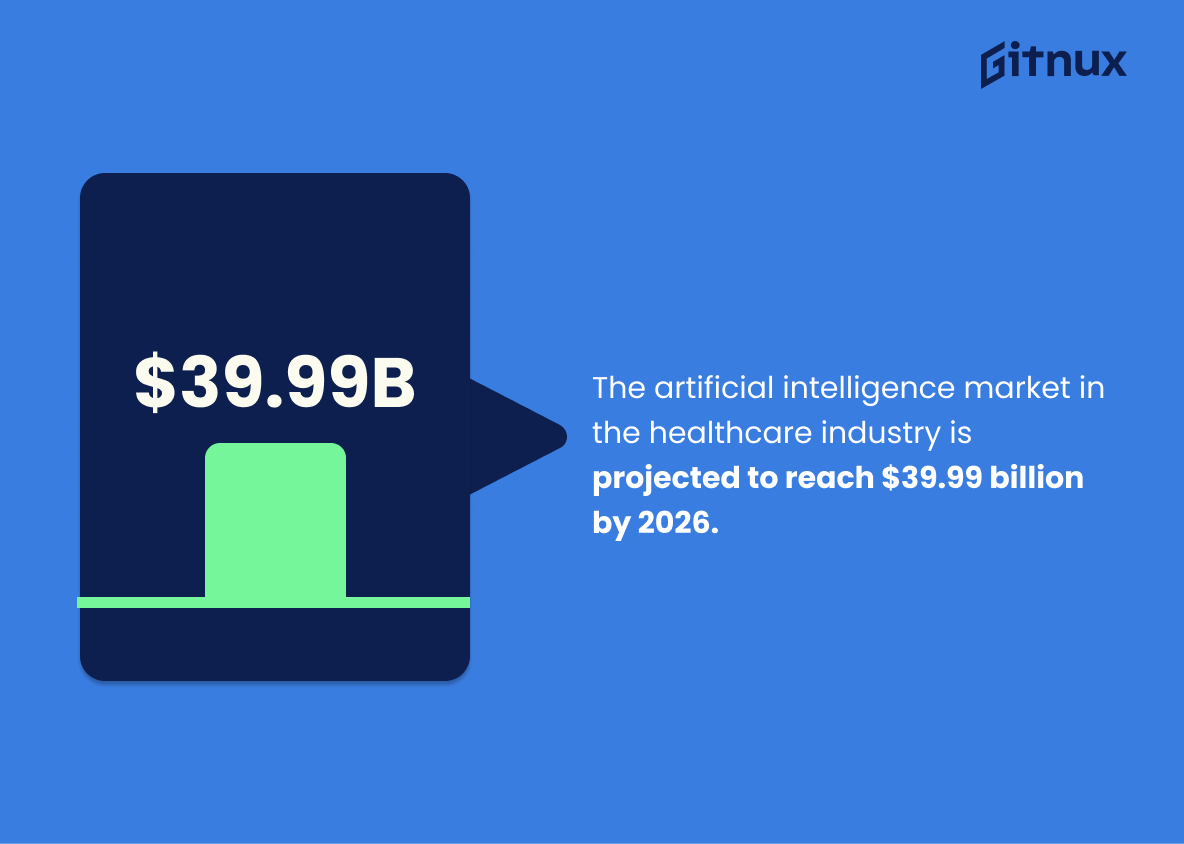As the world continues to evolve, so does our understanding of what the future holds. From advancements in technology and eCommerce to predictive analytics and artificial intelligence (AI), it’s clear that we are on a path towards an increasingly digitalized society. This blog post will explore some of the most interesting statistics about how this transformation is expected to shape our lives over the next decade or two.
We’ll look at predictions for job growth, spending habits, connected devices, big data revenue, renewable energy sources, electric vehicles sales numbers and more. By examining these figures from reliable sources such as Dell Technologies Institute for Future Technology report and Grand View Research Inc., we can gain insight into where humanity may be headed by 2030 or even 2050.
This statistic is a stark reminder of the ever-changing nature of the job market. It highlights the need for individuals to stay ahead of the curve and be prepared for the jobs of the future. It also serves as a warning to employers to be aware of the potential for new roles and to be ready to adapt to the changing landscape. This statistic is a powerful reminder that the future of work is unpredictable and that we must be prepared to embrace the unknown.
By 2040, 95% of all purchases will be made through eCommerce.
This statistic is a powerful indicator of the direction in which the world is heading. It speaks to the growing prevalence of eCommerce and the shift away from traditional brick-and-mortar stores. As such, it is an important piece of information to consider when discussing the future of commerce and the implications it has for businesses, consumers, and the economy as a whole.
Future Statistics Overview
The global predictive analytics market is expected to reach $21.5 billion in 2025.
This statistic is a testament to the growing importance of predictive analytics in the modern world. As the global predictive analytics market continues to expand, it is clear that businesses and organizations are recognizing the value of using data to make informed decisions. This trend is likely to continue in the future, as predictive analytics become increasingly sophisticated and more widely adopted. As such, this statistic serves as a reminder of the potential of predictive analytics and its importance in the future of statistics.
AI is projected to add $15.7 trillion to the global economy by 2030.
This statistic is a powerful indicator of the potential of AI to revolutionize the global economy. It speaks to the immense economic impact AI could have in the coming years, and the potential for businesses and individuals to benefit from its implementation. This statistic is a reminder of the importance of staying ahead of the curve when it comes to AI technology, and the need to invest in its development and utilization.
The number of connected Internet of Things (IoT) devices is projected to reach 75.44 billion worldwide by 2025.
This statistic is a telling indication of the future of technology and its potential to revolutionize our lives. By 2025, the number of connected IoT devices is expected to skyrocket, allowing us to access and control a wide range of devices from our phones, tablets, and computers. This could lead to a world where we can control our homes, cars, and even our health from the comfort of our own homes. This statistic is a glimpse into the future of technology and its potential to revolutionize our lives.
In 2020, there were 3.6 million electric vehicles on the road, and the number of electric cars is projected to increase to 145 million by 2030.
This statistic is a powerful indicator of the future of transportation. It shows that electric vehicles are becoming increasingly popular, and that the trend is likely to continue in the coming years. This means that the world is moving towards a more sustainable form of transportation, which is beneficial for the environment and for public health. This statistic is a clear sign that the future of transportation is electric, and that the world is taking steps towards a greener future.
By 2030, VR technology could generate annual revenue of $160 billion.
This statistic is a powerful indicator of the potential of virtual reality technology in the coming years. It shows that VR technology could become a major source of income for businesses and individuals alike, and could have a significant impact on the global economy. This is an exciting prospect for those interested in the future of technology and its potential to revolutionize the way we interact with the world.
It is predicted that by 2030, agriculture drones will be able to generate $2.7 billion in revenue.
This statistic is a powerful indicator of the potential of agriculture drones in the near future. It shows that the technology is likely to become a major player in the agricultural industry, with a significant impact on the global economy. This is an exciting prospect for those interested in the future of agriculture and the potential for new technologies to revolutionize the industry.
By 2024, the total revenue of the wearable technology market is expected to reach $54 billion.
This statistic is a testament to the potential of the wearable technology market. It shows that the industry is growing rapidly and is expected to continue to do so in the coming years. This is an important indicator of the future of the industry and can be used to inform decisions about investments, product development, and marketing strategies. It is also a sign of the increasing importance of technology in our lives and the potential for further growth in the industry.
The global 3D printing market is projected to reach $34.8 billion by 2024.
This statistic is a powerful indicator of the potential of 3D printing technology in the future. It shows that the market for 3D printing is growing rapidly and is expected to reach a staggering $34.8 billion by 2024. This is a clear sign that 3D printing is becoming increasingly popular and is likely to become an integral part of many industries in the near future. This statistic is a great example of how future statistics can be used to predict the potential of emerging technologies.
By 2030, global health spending is projected to reach $18.3 trillion.
This statistic is a powerful indicator of the importance of global health in the coming years. It shows that the world is investing heavily in health care, which is essential for the well-being of individuals and societies. This statistic is a reminder that health is a priority for the future and that governments and organizations must continue to invest in health care to ensure that everyone has access to quality care.
It is estimated that 50% of searches will be done by voice by 2022.
This statistic is a powerful indicator of the direction in which the digital landscape is heading. By 2022, it is estimated that half of all searches will be done by voice, signifying a major shift in the way people interact with technology. This statistic is a clear indication that voice-based search is becoming increasingly popular and is likely to become the norm in the near future. As such, it is essential for bloggers to be aware of this trend and to consider how it may affect their content in the coming years.
The online education market is expected to reach $325 billion by 2025.
This statistic is a powerful indicator of the potential of the online education market. It shows that the industry is growing rapidly and is expected to continue to do so in the coming years. This is an important point to consider when discussing the future of statistics, as it demonstrates the potential for online education to become a major player in the educational landscape.
By 2025, the global robotics market is predicted to reach $215.0 billion.
This statistic is a clear indication of the growing importance of robotics in the global market. It shows that robotics technology is becoming increasingly prevalent and is likely to have a major impact on the economy in the coming years. This is an important statistic to consider when discussing the future of statistics, as it highlights the potential for robotics to shape the future of the global economy.
By 2023, the worldwide gaming market is expected to reach $200 billion.
This statistic is a testament to the immense potential of the gaming industry. It shows that the gaming market is growing rapidly and is expected to reach a staggering $200 billion by 2023. This is a clear indication that the gaming industry is a lucrative and profitable sector, and one that is likely to continue to expand in the coming years. This statistic is important for anyone interested in the future of the gaming industry, as it provides a glimpse into the potential of the sector and the opportunities it presents.
The artificial intelligence market in the healthcare industry is projected to reach $39.99 billion by 2026.
This statistic is a clear indication of the potential of artificial intelligence in the healthcare industry. It shows that AI is becoming increasingly important in the healthcare sector, and that its use is expected to grow significantly in the coming years. This is an important point to consider when discussing the future of statistics, as AI is likely to play a major role in the way data is collected, analyzed, and used.
Conclusion
The future of statistics is an exciting one, with a wide range of industries and sectors set to benefit from the advances in technology. From eCommerce purchases reaching 95% by 2040, to AI adding $15.7 trillion to the global economy by 2030, it’s clear that these technologies will have a major impact on our lives over the next decade. Predictive analytics markets are expected to reach $21.5 billion in 2025 while connected IoT devices could hit 75.44 billion worldwide by 2025 as well – both figures indicative of how quickly this sector is growing and developing at present time.
Big data and analytics revenue should also be impressive when it reaches its projected figure of $274 million globally come 2025; renewable energy sources accounting for 60% of electricity generation around the world by 2030; electric vehicles increasing their numbers up to 145 million within 10 years’ time; VR technology generating annual revenues worth $160 billion before then too – all signs point towards an incredibly bright future ahead.
References
0. – https://www.who.int
1. – https://www.recode.net
2. – https://www.delltechnologies.com
3. – https://www.pwc.com
4. – https://www.grandviewresearch.com
5. – https://www.researchgate.net
6. – https://www.businesswire.com
7. – https://www.oberlo.com
8. – https://www.iot-analytics.com
9. – https://www.researchandmarkets.com
10. – https://www.polarismarketresearch.com
11. – https://www.technavio.com
12. – https://www.prnewswire.com
13. – https://www.gamasutra.com
14. – https://www.iea.org
